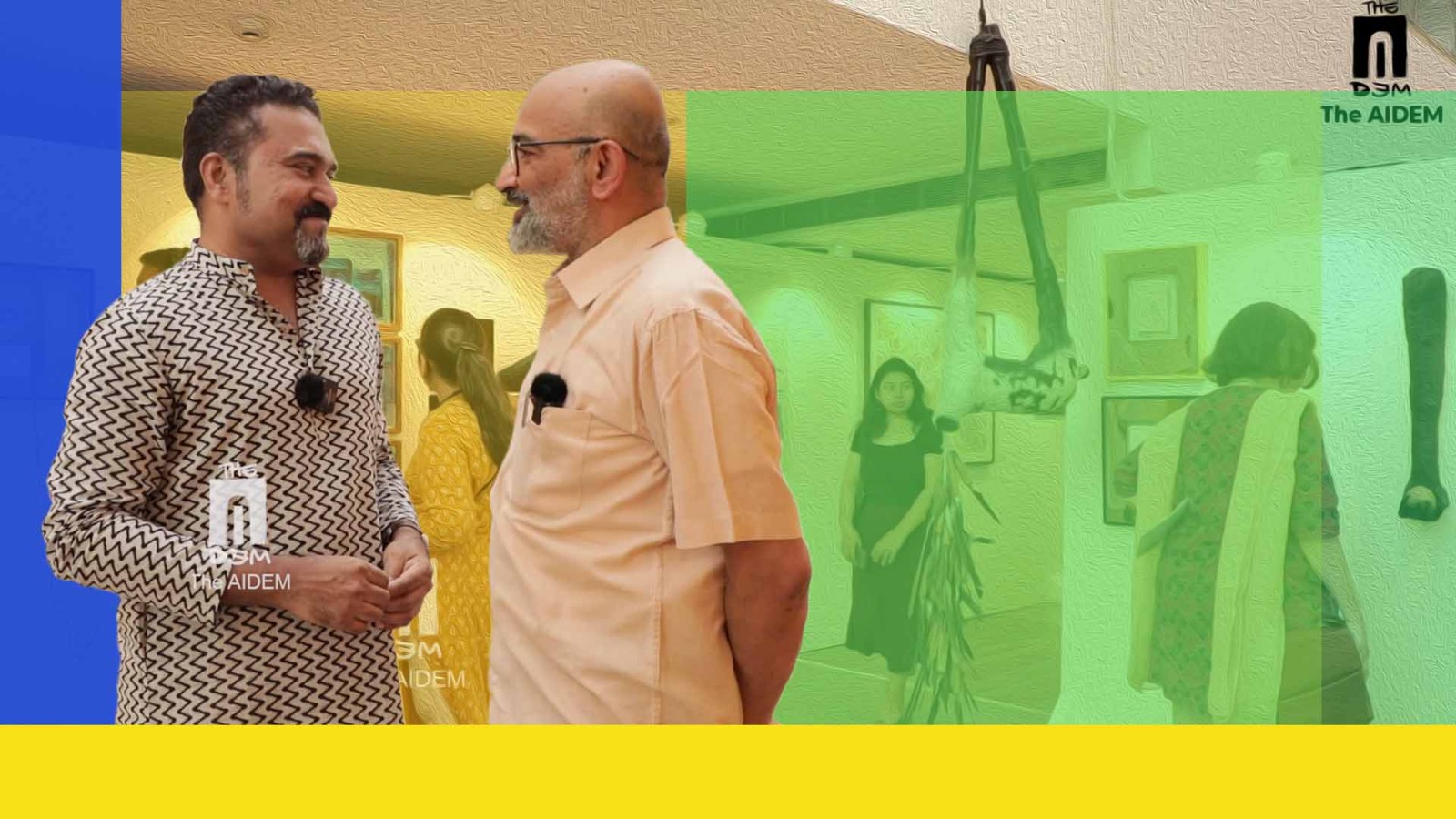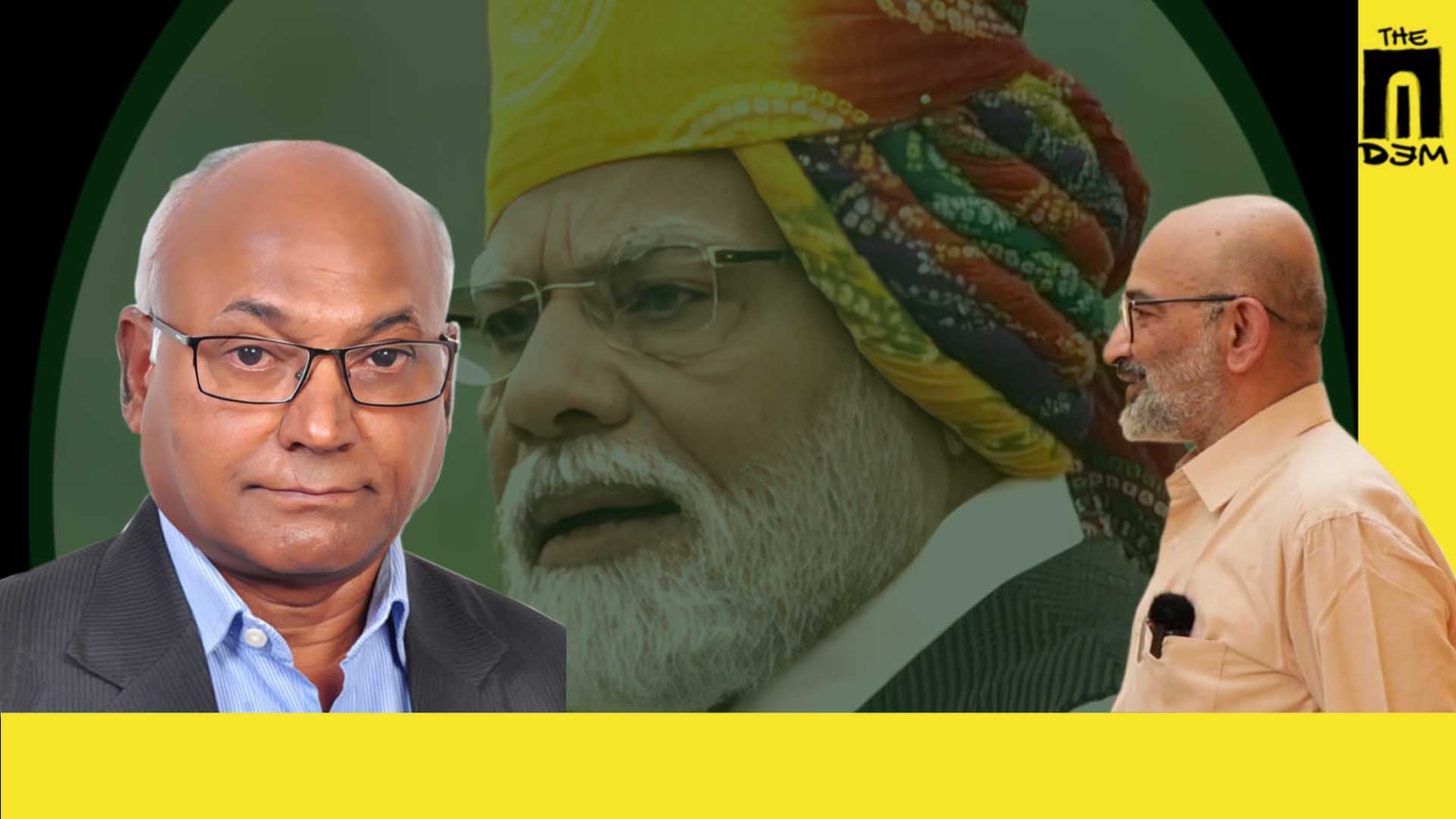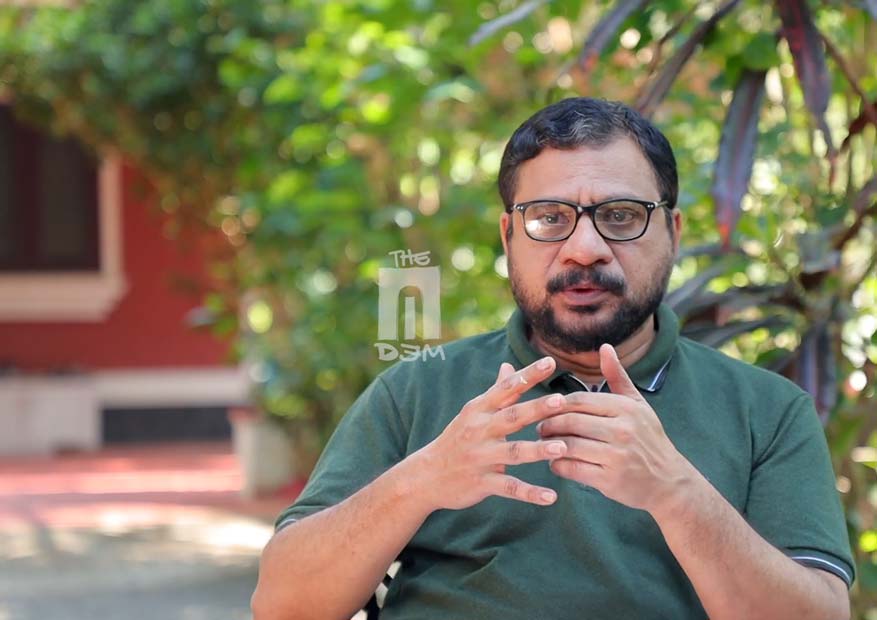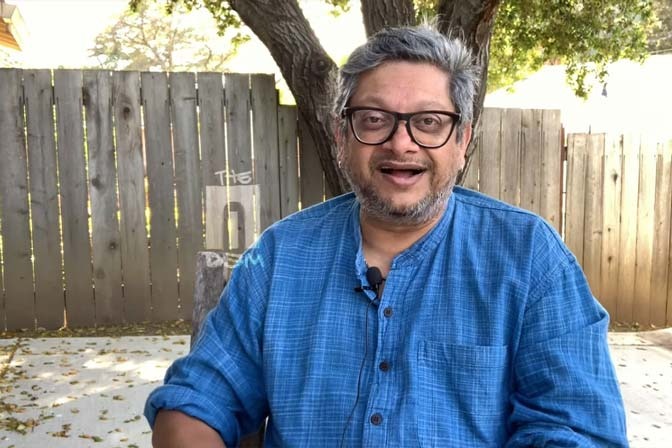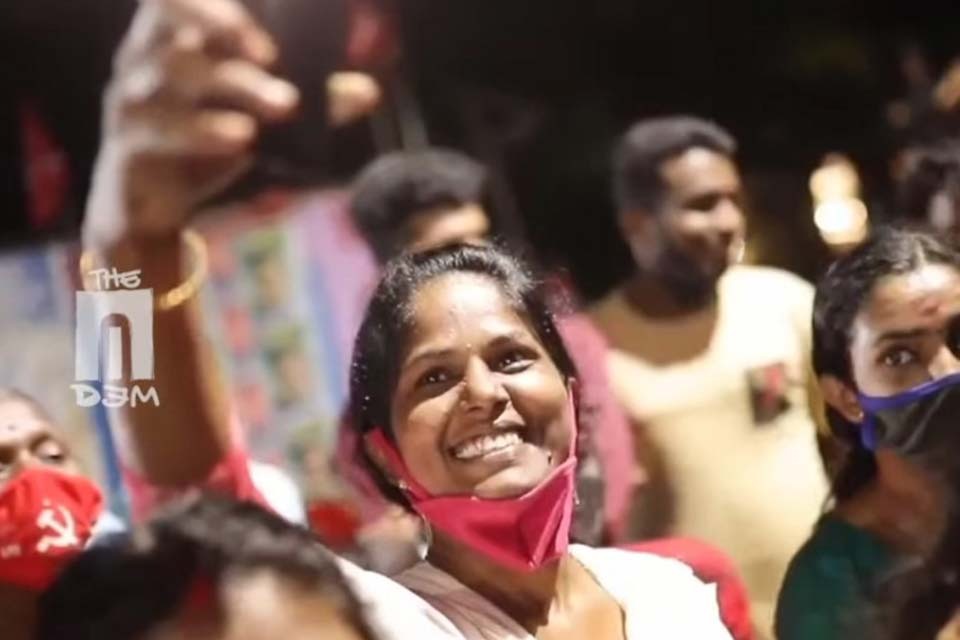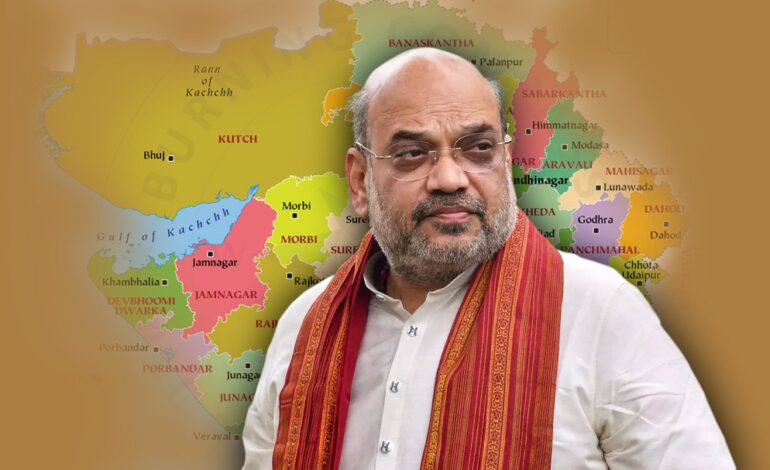
Union Home Minister Amit Shah— the pivot of the Prime Minister Narendra Modi led Bharatiya Janata Party’s ( BJP) strategic and electoral juggernaut —has come up with a brand new scheme for Bihar. He has decided to tour Bihar’s Muslim dominated Seemanchal (bordering) region for two days beginning September 23 . The reasons for this seemingly sudden enterprise is not far to seek. The BJP leadership as a whole , and especially Amit Shah , is seething with rage after the Bihar Chief Minister and Janata Dal ( United) – JD(U) leader Nitish Kumar dumped the saffron party , reforged the Mahagatbandhan ( grand alliance ) with the RJD, Congress and Left parties and once again took control of the top administrative position in the State.

While this political reverse seems to be the main reason for Shah’s foray ,the reason stated formally is that the union Home Minister has to review the security situation in the Seemanchal region . This region that comprises of Kishanganj, Araria, Katihar and Purnia Lok Sabha constituencies has a Muslim population of around 47 percent while the State average is just 17 percent. The region has international borders with Nepal and Bangladesh too. So, all these factors as such provide the raison d’être for the union home minister to review the “security situation” in the region.
But the timing of Shah’s visit, the demography of the region and also his itinerary clearly suggest that the BJP- smarting under the failure of its ‘Operation Lotus’ in Bihar—has embarked on the exercise to somehow try to overcome the enormous political loss it has suffered on account of Nitish Kumar’s shift to Mahagatbandhan.
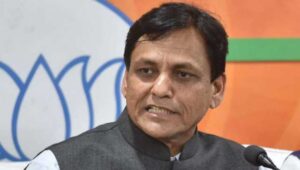
The union home minister of state and MP from Ujiarpur in north Bihar Nityanand Rai broke the news that Shah would address a public meeting at Purnia on September 23 followed by an “interaction with the officials”. He would visit Kishanganj on September 24 , hold meetings with his party workers and “also with the officials of the security agencies guarding the borders”.
The BJP’s national president J. P Nadda would accompany Amit Shah. Several senior Bihar BJP leaders including former ministers of the National Democratic Alliance ( NDA ) government in the State too would join Shah during the trip.
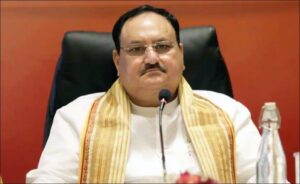
The 2024 Lok Sabha elections are nearly one and half years away and one wonders why the union home minister should hold a meeting with the public and party workers in the region sharing international borders. Even more objectionable is the fact that the entire expenditure for this trip , essentially a political campaign trip , would be borne by the Union government. In other words , the home ministry would fund Shah’s “mission” to rescue his party from the political quagmire it has slipped in after Nitish deserting it.
The the Rastriya Swayamsevak Sangh (RSS) , BJP’s progenitor and the fountainhead of the Sangh Parivar, has worked among the caste Hindus of Kishanganj, Purnia, Katihar and Araria at the grassroots level for over four decades . Since the Muslims are numerically preponderant—they constitute over 60 percent of the population in Kishanganj district—they have the tendency to split whereas the Hindus have a sustained polarization against the “dominance” of the Muslims.
Through 1970’s and 1980’s the RSS carried out a steady campaign against the “infiltration” of Bangladeshis and cow slaughter in the region. Though never corroborated by concrete evidence, the RSS-BJP have always described the region as a “safe passage zone” of terrorists from Nepal and Bangladesh to India and vice versa. The RSS’s militant wings Bajrang Dal and Vishwa Hindu Parishad were also perceived to have tried time and again to engineer riots here, much like the ones it had triggered in Muzffarnagar-Shamli region of western Uttar Pradesh in 2012-13.
The RSS-BJP never succeeded in fueling the Hindu-Muslim divide in Seemanchal in the same proportion of what it did in many other parts of the country. The old Jan Sangh hands, Nikhi Kumar and Jagbandhu Adhikari used to occasionally win the assembly polls or at times Lok Sabha polls from this region in 1980’s. Seats like Thakurganj, Bahadurganj, Kadwa and Katihar assembly seats—with heavy population of Muslims– invariably elected the BJP MLAs in 1990s because of extreme communal polarization of the Hindus against the Muslims , whose votes were split among many parties and candidates .
The BJP had its Muslim face Shahnawaz Hussein once winning the Kishanjganj Lok Sabha seat in 1996. The party still has Pradeep Kumar, its MP from Araria. As of now Purnia and Katihar have JDU MPs, Sanotosh Kushwaha and Dulalchand Bhuinyan respectively , while Kishanganj is represented by Congress’s Mohammad Javed in the Lok Sabha. The BJP and the JDU contesting in alliance had won the Purnea, Katihar and Araria seats whereas the Congress had won Kishanganj in 2019.
The 2020 assembly elections witnessed the emergence of Asaduddin Owaisi’s AIMIM as a reasonably potent force with the party winning five assembly seats. But the RJD and JDU fought against each other in those polls allowing Owaisi to operate in Seemanchal. However, four of the AIMIM’s MLAs switched over to the RJD ahead of the JDU coming back to the Mahagatbandhan .Probably, the AIMIM MLAs have calculated that with Lalu and Nitish coming together they don’t stand much of a chance being with Owaisi’s party in the state.
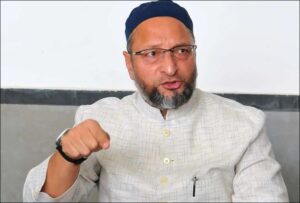
What effectively prevented the BJP gaining ground in Seemanchal in the manner it did in western Uttar Pradesh was the emergence of Lalu Yadav as the undisputed leader of the Yadavs who are the largest OBC caste in the Kosi (Saharsa-Madhepura-Supaul) and Seemanchal regions. Thus, the manner in which the BJP consolidated itself among the Jats, Gangwars, Patels and Balmikis of western Uttar Pradesh, it failed to do so with the Yadavs and other OBC- EBC castes like Koiris-Kurmis—the Koris-Kurmis. The non-Yadav castes are in sizeable number in Purnea and are loyal to Nitish in the larger Seemanchal-Kosi region.
The question is where in Bihar would the Modi-Shah led BJP begin to gain traction against the Mahagatbandhan ? The presence of the CPI-ML-Liberation with substantial clout among the weaker sections of both the Hindu and Muslim communities in the region is also a stumbling block before the BJP’s plans .
But Shah had experimented with his divisive politics in this region in 2015 assembly polls too when Lalu and Nitish were together. He had badly failed. It was at Supaul that has heavy population of Muslims Shah had infamously said, “Lalu-Nitish jitengein to Pakistan mein patakha chhootega (If Lalu-Nitish won crackers would be burst in Pakistan)”.
Shah’s ‘warning’ had not worked at that time . The BJP drew a blank in the Kosi region in 2020.
Apart from ground reality the most debilitating handicap for Amit Shah in Bihar is he lacks acceptability of the kind that he enjoys in Uttar Pradesh in particular and in other non-Bihar parts of the Hindi heartland in general. Shah has worked closely in U.P as he was general secretary in-charge of the State during the 2014 elections and his party has its government consistently since 2017 in the heartland state. But he woefully lacks personal appeal with Bihar’s people. Moreover, the BJP is far from radicalizing its cadres in Bihar the way it has done in many other parts of India thanks to Nitish who despite running the government in alliance with the saffron party had never allowed the RSS-BJP any leeway to play the card of radical Hindutva in Bihar.




